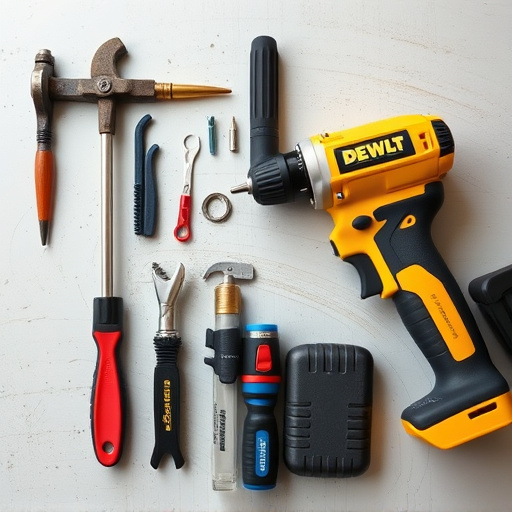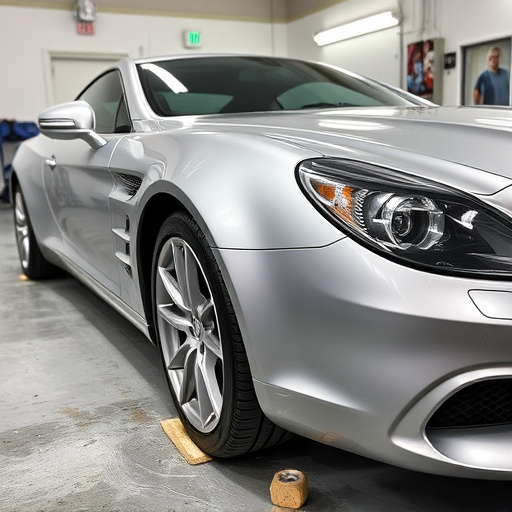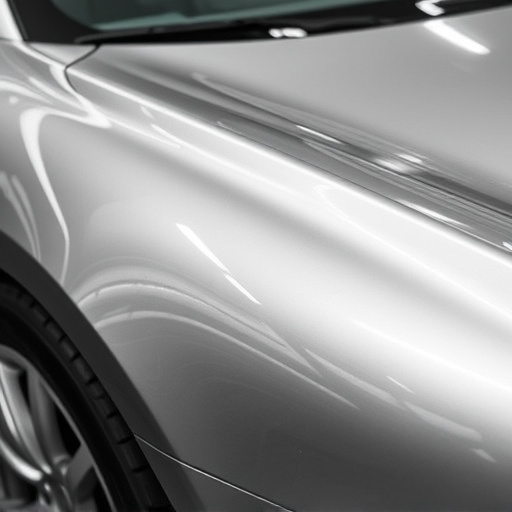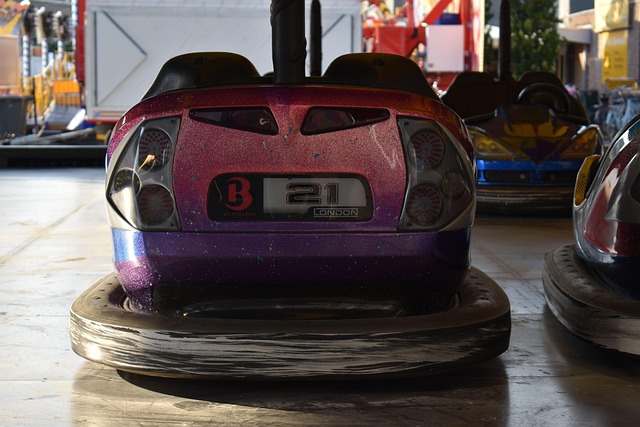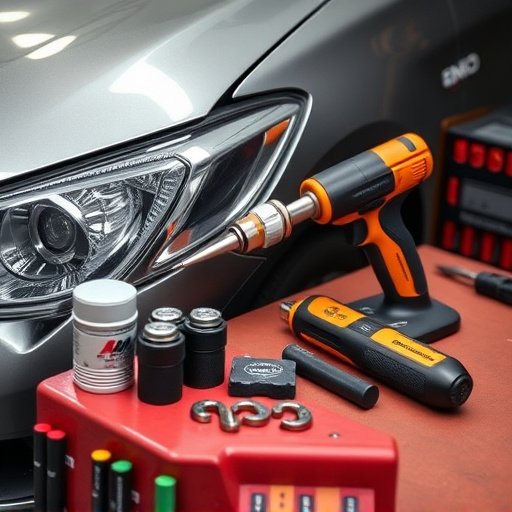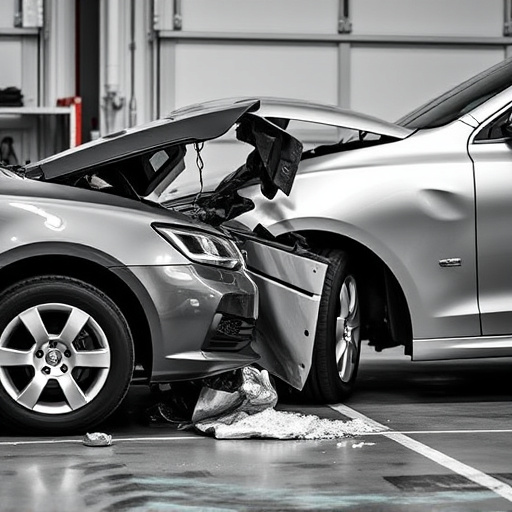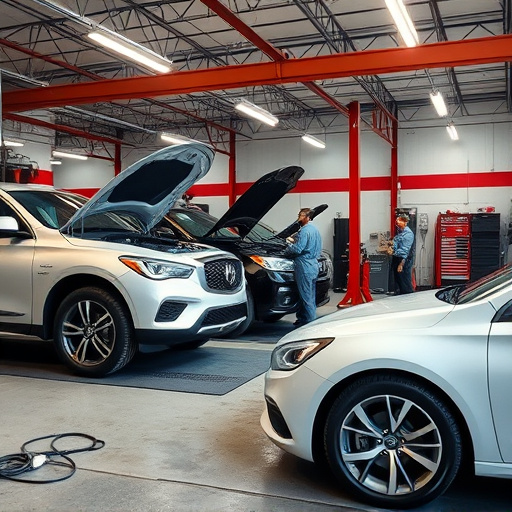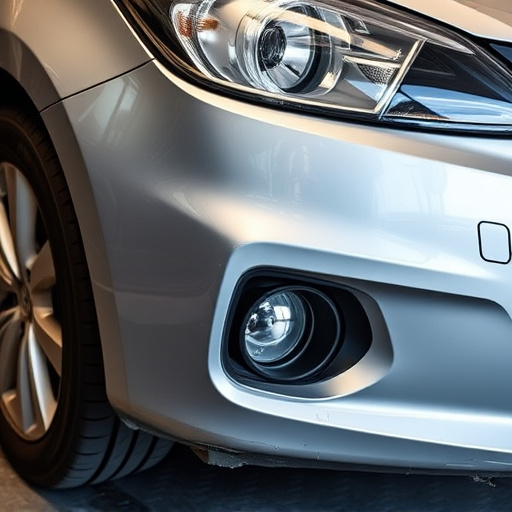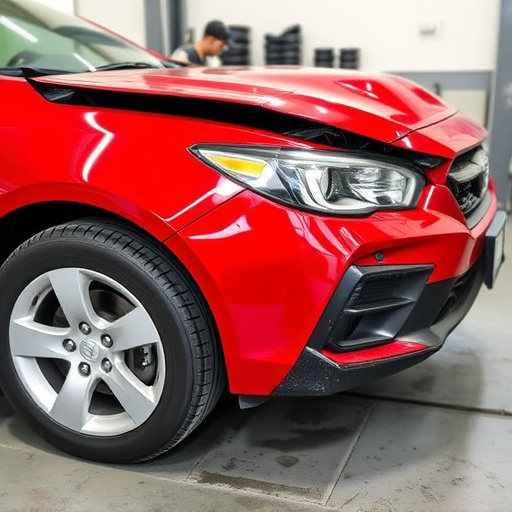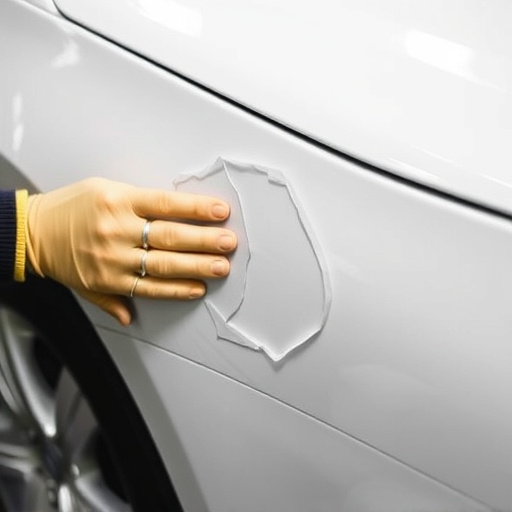UV paint curing systems revolutionize vehicle repair with fast drying times and high-quality finishes. These systems use UV light to initiate chemical reactions in paint, reducing turnaround times compared to traditional methods. Beneficial for hail damage repairs, they also minimize volatile organic compounds (VOCs) for cleaner air and sustainable practices. Versatile across automotive, manufacturing, aerospace, and art restoration sectors, UV curing promotes efficiency and environmental sustainability.
Discover the revolutionary technology behind modern UV paint curing systems, which utilize ultraviolet (UV) light to swiftly and efficiently harden coatings. This article explores the science behind UV light and its unique properties, delving into the key components that make up these innovative systems. We’ll highlight the advantages of UV paint curing and its diverse applications across various industries, from automotive to medical devices.
- Understanding UV Light and Its Properties
- Components of a Modern UV Paint Curing System
- Advantages and Applications in Various Industries
Understanding UV Light and Its Properties
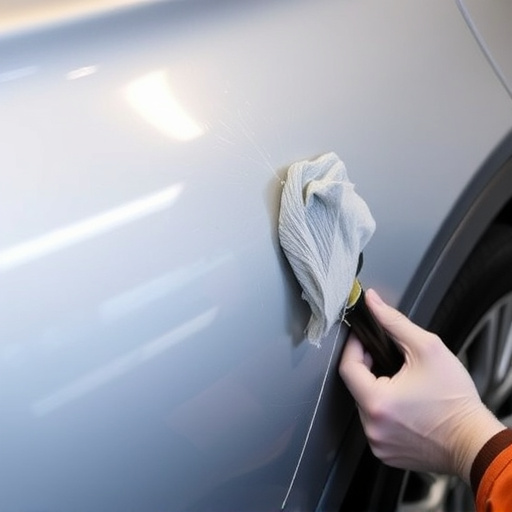
Understanding UV Light and Its Properties
UV (ultraviolet) light, an invisible part of the electromagnetic spectrum, plays a pivotal role in modern paint curing systems, particularly in the realm of automotive and collision center operations. Unlike traditional drying methods that can be time-consuming, UV paint curing systems harness the power of UV light to rapidly cure paints, making them ideal for high-volume car paint services. The energy from UV rays initiates chemical reactions within the paint, causing a rapid transformation that hardens the surface, resulting in a durable and glossy finish.
This efficient process not only speeds up repair times but also enhances productivity in hail damage repair scenarios, where quick turnaround is crucial to meet customer demands. The precise control over curing allows for precise applications, ensuring high-quality outcomes. Moreover, UV paint curing systems offer environmental benefits by reducing the need for volatile organic compounds (VOCs) typically found in conventional paints, contributing to cleaner air and a more sustainable approach to car paint services.
Components of a Modern UV Paint Curing System
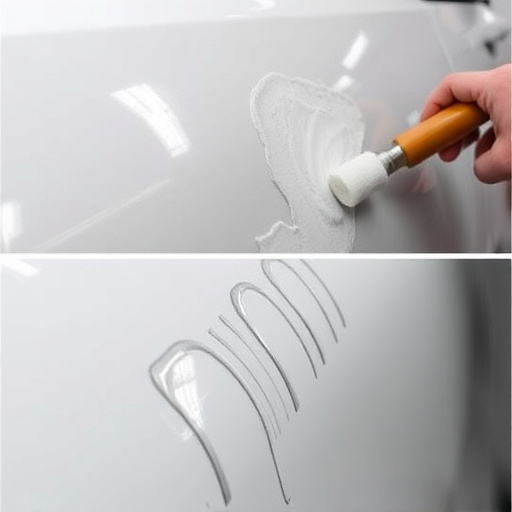
A modern UV paint curing system is comprised of several key components that work harmoniously to expedite drying times and enhance the quality of finishes in vehicle bodywork applications, a critical aspect for efficient body shop services. These systems typically include a high-intensity UV lamp or light source, designed to emit specific wavelengths of ultraviolet radiation effective for curing resins and adhesives. The lamp is strategically positioned within an enclosed curing chamber, allowing controlled exposure to the UV light.
The curing chamber itself plays a vital role in ensuring optimal paint performance. It’s designed to maintain consistent temperature and air circulation, minimizing any potential variations that could affect drying times or result in uneven finishes. This environment-controlled space facilitates quick and even cure of the paint, making it an indispensable component for high-volume auto repair shop operations looking to streamline their body shop services.
Advantages and Applications in Various Industries
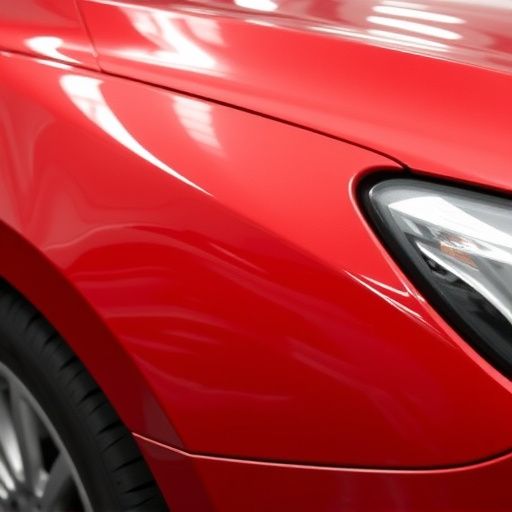
The UV paint curing system offers several advantages over traditional drying methods, making it a game-changer in various industries. One of its key benefits is speed; UV lights rapidly cure the paint, significantly reducing dry times compared to conventional methods. This efficiency is particularly valuable in time-sensitive operations like auto body repair, where quick turnaround times are essential for customer satisfaction and optimized workshop flows.
These systems find extensive applications across diverse sectors. In automotive, they’re utilized not only for auto body repairs but also for meticulous auto glass repair, ensuring precision and fast restoration. Other industries such as manufacturing, aerospace, and even art restoration appreciate the system’s consistency and reliability in achieving high-quality finishes. Moreover, UV curing is eco-friendly, as it minimizes the need for toxic solvents commonly used in traditional paints, contributing to a cleaner environment.
Modern UV paint curing systems harness the power of ultraviolet light, offering numerous advantages across diverse industries. By understanding the unique properties of UV light and incorporating essential components into these systems, manufacturers can achieve faster curing times, enhanced durability, and improved efficiency. The versatility of UV paint curing technology ensures its continued relevance in today’s advanced manufacturing landscape.
